Horseshoe crabs use hemocyanin to distribute oxygen throughout their bodies. Hemocyanin is copper-based and gives the animal its distinctive blue blood. We use an iron-based hemoglobin to move oxygen around.
The blood of this living fossil has the ability to clot in an instance when it detects unfamiliar germs, therefore building up protective barriers to prevent potential infection. This adaptation has made the blood of the horseshoe crab quite desirable to the biochemical industry.
Image (c) wired.com

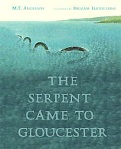



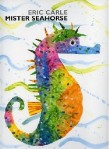









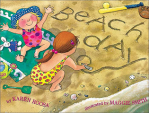







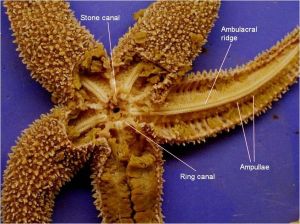
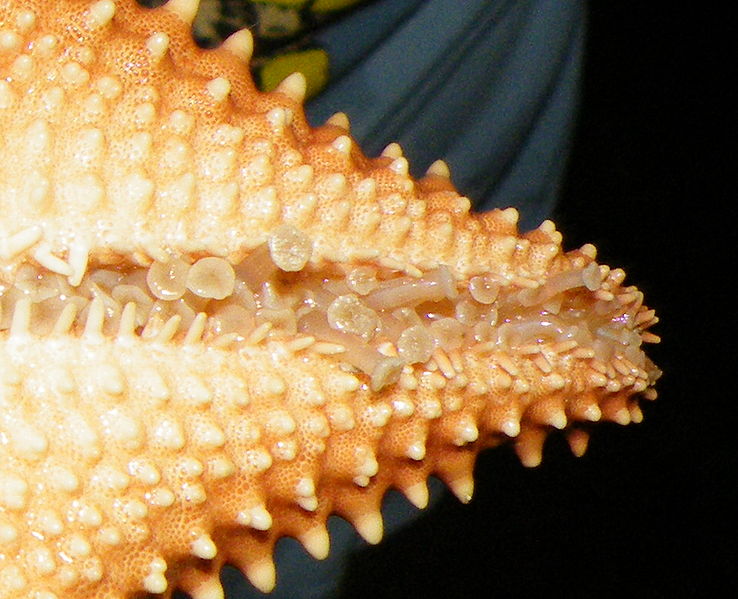












What people are saying …